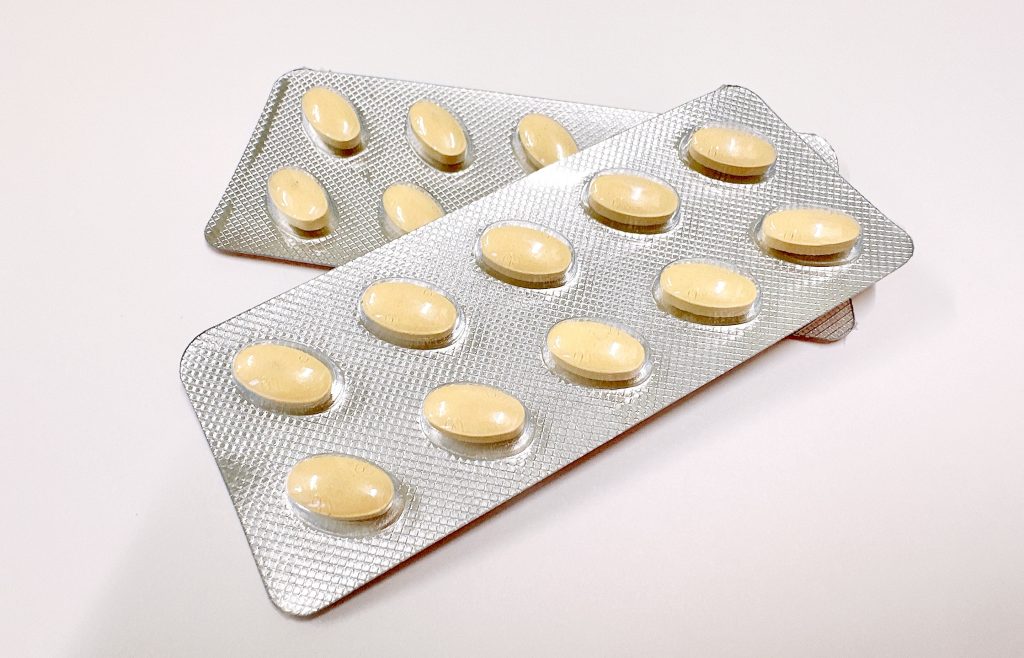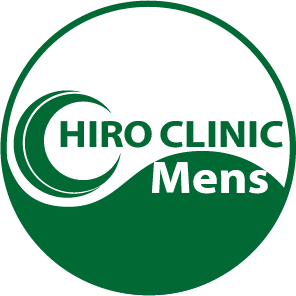この記事の概要
Regenerative medicine is an advanced treatment that has been attracting attention in various fields in recent years and is beginning to be applied to the treatment of ED (erectile dysfunction). Regenerative medicine aims to restore damaged functions using the patient's own cells and tissues, and has great potential as a treatment for ED.
Regenerative medicine is an advanced treatment that has been attracting attention in various fields in recent years and is beginning to be applied to the treatment of ED (erectile dysfunction).Regenerative medicine aims to restore damaged functions using the patient’s own cells and tissues, and has great potential as a treatment for ED.

Relationship between regenerative medicine and ED
The main causes of ED are insufficient blood flow to the penis, nerve damage, tissue aging and dysfunction. Regenerative medicine aims to improve erectile function by approaching these causes. Specifically, the following regenerative medicine technologies are applied to ED treatment
1. stem cell therapy
Stem cells have the ability to self-renew and differentiate into a variety of cells, which are used to repair damaged tissues and organs; in the treatment of ED, stem cells are injected into the penis and are expected to promote regeneration of blood vessels and nerves and tissue repair.
- Mechanism: When stem cells are injected into the corpus cavernosum of the penis, they secrete factors that help repair blood vessels and nerves, improve blood flow, and restore erectile function.
- Advantages of Treatment: Stem cells are harvested from the patient’s own cells and are associated with less rejection and side effects. Another advantage is that it offers a comprehensive approach to the many factors that cause ED.
2. Growth factor injection therapy (PRP therapy)
Platelet-Rich Plasma (PRP) therapy is a treatment that uses plasma containing growth factors extracted from the patient’s own blood to promote tissue regeneration. PRP is rich in growth factors that promote tissue repair and regeneration and is edIt has been applied in the treatment of .
- Mechanism: PRP taken from the patient’s blood is injected into the penis, which is expected to promote regeneration of blood vessels and nerves and improve erectile function.
- Advantages of treatment: Because it uses the patient’s own blood, it is considered safe with a low risk of allergic reactions or rejection. It is particularly effective for EDs caused by insufficient blood flow.
3. Gene therapy
Gene therapy is a treatment that restores function in the body by modifying or supplementing specific genes; in the treatment of ED, genes are introduced into penile tissue to promote new blood vessel formation and nerve regeneration, thereby restoring erectile function.
- Mechanism: By introducing specific growth factors and genes that promote angiogenesis into the penis, the regeneration of blood vessels and nerves can be stimulated to aid in erection.
- Research Phase: Gene therapy is still in the research phase and has limited clinical use, but is expected to be a promising treatment in the future.
4. Organizational engineering
Tissue engineering is a technology that uses artificially created tissues and organs to restore function; in ED treatment, tissue engineering may be used to regenerate penile cavernous tissue.
- Mechanism: The goal is to restore erectile function by artificially creating spongiosa tissue using the patient’s own cells or stem cells to repair damaged penile tissue.
- Current Status: Tissue engineering technology is still in the research phase, but is being looked at as a new option for ED treatment in the future.
Advantages of Regenerative Medicine
- Possibility of radical treatment:.
- Regenerative medicine is expected not only to temporarily suppress symptoms, but also to repair damage to blood vessels and nerves, the underlying causes of ED, and restore function. This is attractive in that it can compensate for areas that are difficult to treat with conventional therapies (drug therapy and surgery).
- Natural Cures:.
- Because it uses the patient’s own cells and blood, it is considered safe with few side effects and rejection. In addition, long-term effects are expected since the treatment proceeds by utilizing the body’s natural healing power.
- Multiple factors: – Multiple factors
- The causes of ED are many and varied, but regenerative medicine has the potential to address a variety of causes, including insufficient blood flow, nerve damage, and tissue deterioration.
Challenges of Regenerative Medicine
- Cost and access: $350 per person
- Regenerative medicine is a relatively new treatment method, and the technology and equipment are expensive. In addition, in some countries and regions, regenerative medicine is not yet common, making it difficult to obtain treatment.
- Research phase:.
- Many regenerative medicine technologies are still in the research phase and have limited clinical use. Gene therapy and tissue engineering, in particular, require further research.
Conclusion
Regenerative medicine is a very promising field in the treatment of EDs, especially in promoting regeneration of blood vessels and nerves, aiming at fundamental treatment. Some technologies, such as stem cell therapy and PRP therapy, are already in clinical use, and further progress is expected in the future. However, at this time, many of these technologies are expensive and in the research stage, so when considering treatment, it is important to fully consult with a specialist physician and select a treatment method that is right for you.










